Project details
Skill
Cost
Estimated Time
Age Range: 6 to 12 years
Kids are fascinated with digging and playing in dirt. Which is why a sandbox is a perfect alternative to the backyard mud pit. Self-contained, free of debris, and easy to dig up with the most plastic of toys, a sandbox can keep kids occupied for hours. And as This Old House landscape contractor Roger Cook shows here, building one is as straightforward as stacking lumber in a square, fastening it together, and filling it with sand—a feat that can be accomplished in an afternoon.
DIY Sandbox in 9 Steps
Step 1: Cut the Wood
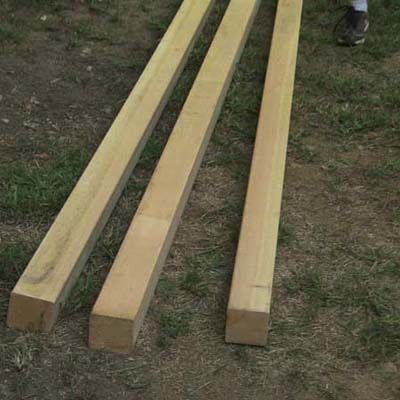
The timbers that make up the walls of the sandbox will butt end-to-side at the corners. So to determine how long the timbers have to be, subtract 3½ inches (the true width of a 4×4) from the length you want each side to be. Using a circular saw, cut the timbers to these dimensions. You will need 3 pieces for each side of the box.
Step 2: Lay out the sandbox perimeter
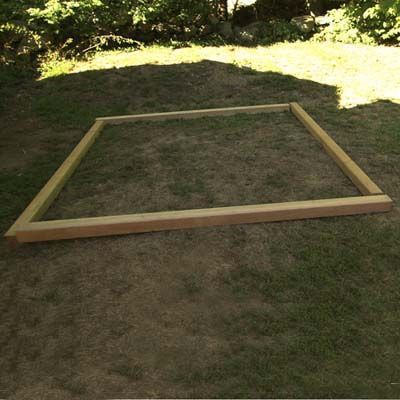
Arrange four timbers in an outline of the sandbox, butting each timber’s end against the next timber’s side. Using a spade or square-edged shovel, mark the sandbox’s outline by cutting vertically through the turf both inside and outside the loose-laid timbers’ perimeter.
Step 3: Dig out the center of the box
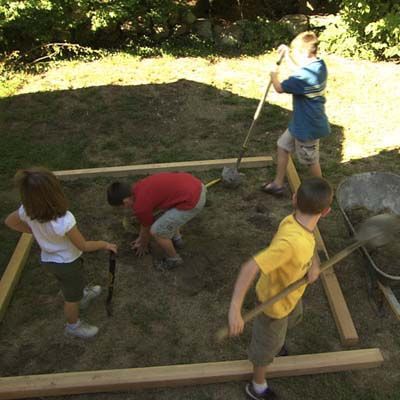
Using a spade, dig down 6 inches within the outline of the sandbox. Then add a 4-inch-wide and 1-inch-deep layer of sand inside the perimeter of the hole.
Tip: If the area you’ve chosen for your sandbox is not level, see instructions here for digging a flat-bottomed hole.
Step 4: Lay the base course of the sandbox frame
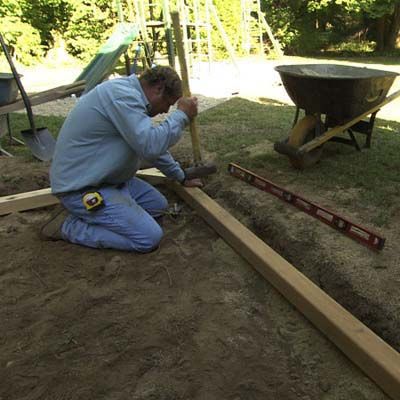
Position the first course of timbers on top of the sand. Push a framing square into each corner and adjust the timbers until they are perfectly square. Hold each corner in this square position by bracing it with a scrap piece of 2×4 screwed down with 3-inch decking screws.
Using a sledge and a 4-foot level, gently tap each timber down into the sand until it is level.
Step 5: Position the second course
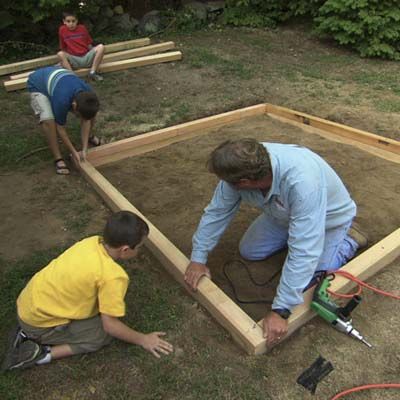
Remove the 2×4 braces at the corners. Lay the next course of timbers on top of the base course, but arrange them so they overlap at the corners in the opposite direction from the first course. This will create a lapped pattern.
Step 6: Tie the courses together
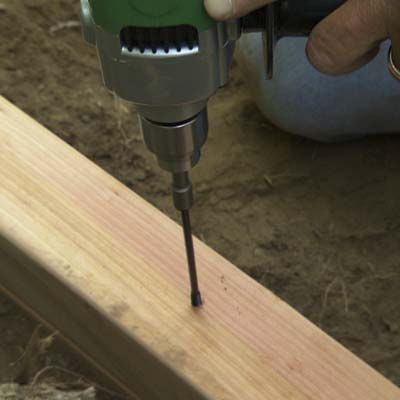
Using a drill/driver fitted with a nut-driver bit, drive 6-inch timber screws down through the top course and into the timber beneath every 3 feet around the perimeter.
Step 7: Line the box with landscape fabric
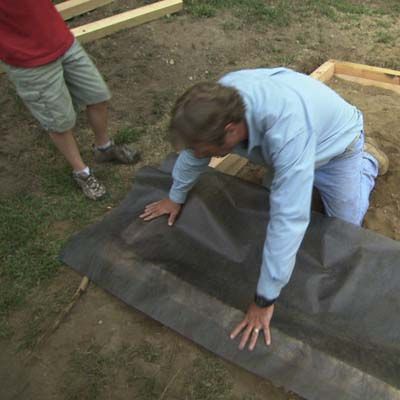
Lay landscape fabric along the inside of the box, allowing it to cover the bottom and overlap the second course of timbers. Make sure to push the fabric against all of the edges and into the corners.
Step 8: Lay the third timber course
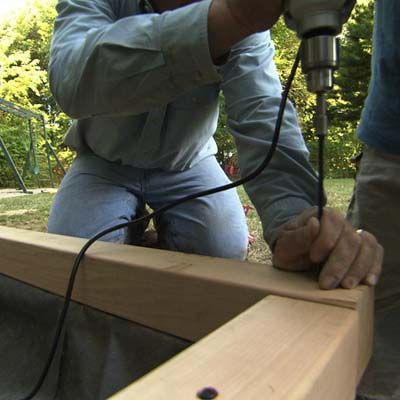
Lay the third course of timbers on top of the second, overlapping the corners again. Fasten them to the second course with timber screws (as before). Trim the excess fabric hanging over the outside of the box.
Step 9: Fill the box with sand
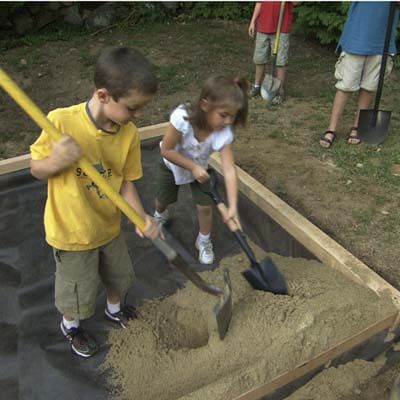
Fill the interior with natural sand and dig-in! To prevent rain and animals from getting into the box, cover it with a tarp held down with Velcro tape.
Tools
 Spade
Spade Circular saw
Circular saw Framing square
Framing square Level – 4 foot
Level – 4 foot Rubber mallet
Rubber mallet Hammer
Hammer Impact driver
Impact driver Shovel
Shovel








